Research from a West Virginia University scholar of rural Appalachia shows how even the most marginalized communities can assert power and create change when they come together to form coalitions.
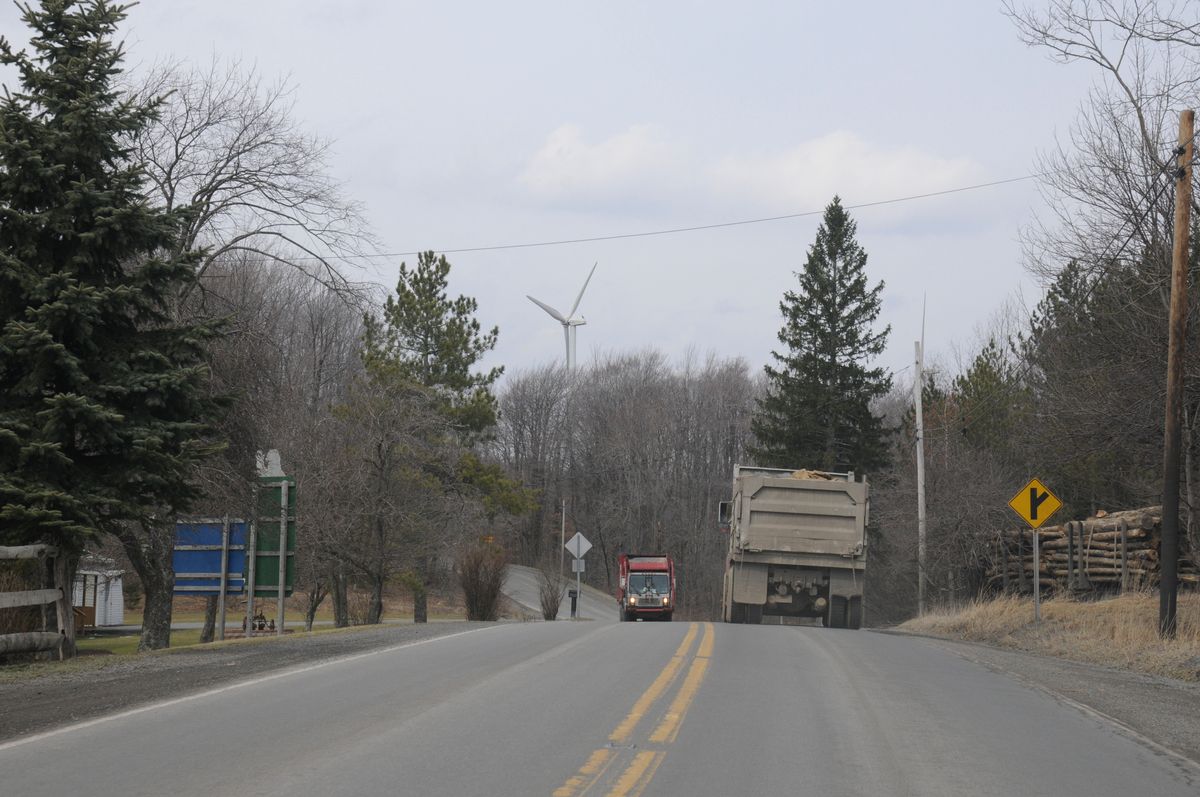
news, journals and articles from all over the world.

Research from a West Virginia University scholar of rural Appalachia shows how even the most marginalized communities can assert power and create change when they come together to form coalitions.
New research from the UC San Diego Rady School of Management and Texas A&M University finds that having self-control is often what leads to power.
Supervisors are traditionally associated with higher status markers such as age, education and tenure than their subordinates. But it’s increasingly common to see those dynamics reversed, which is the focus of a new study from Jessica Huisi Li, University of Washington assistant professor of management and organization.
Someone wearing augmented reality (AR) or “smart” glasses could be Googling your face, turning you into a cat or recording your conversation – and that creates a major power imbalance, said Cornell researchers.
After nearly a century of scientific inquiry, scientists have at last been able to characterize a key component in the substance responsible for giving countless living organisms their color.
Thousands of people across the state of Texas were still without power early Friday after an ice storm hit the state and parts of the U.S. South this week. Local officials are attributing the outages to frozen equipment and ice-burdened…
A new biobattery being developed at Binghamton University, State University of New York could power ingestible cameras in the small intestine.
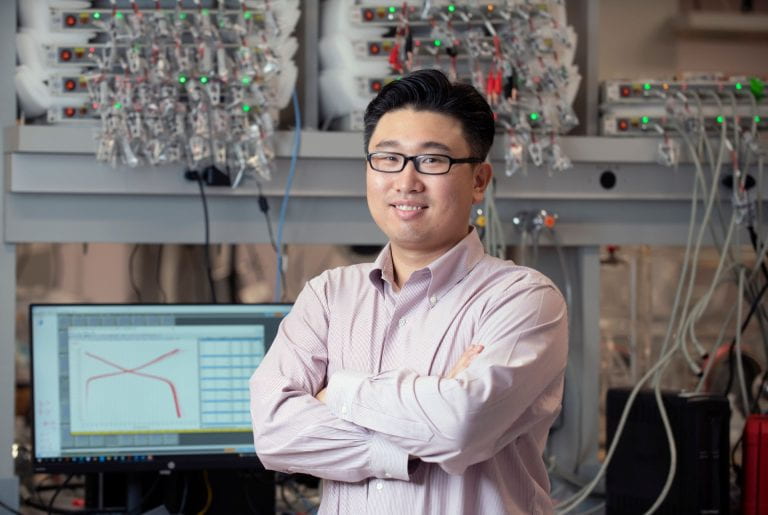
Irvine, Calif., Sept. 21, 2022 – Researchers at the University of California, Irvine and four national laboratories have devised a way to make lithium-ion battery cathodes without using cobalt, a mineral plagued by price volatility and geopolitical complications. In a paper published today in Nature, the scientists describe how they overcame thermal and chemical-mechanical instabilities of cathodes composed substantially of nickel – a common substitute for cobalt – by mixing in several other metallic elements.
Researchers at Binghamton University, State University of New York have developed a “plug-and-play” biobattery that lasts for weeks at a time and can be stacked to improve output voltage and current.
For wind farms, it is important to control upstream turbines in an efficient manner so downstream turbines are not adversely affected by upstream wake effects. In the Journal of Renewable and Sustainable Energy, researchers show that by designing controllers based on viewing the wind farm system as a coupled network, it is possible to extract power more efficiently.
As Ford unveils its electric F150, West Virginia University experts note the shift from gasoline-powered engines is not an environmental panacea in the short term, but instead will mean significant and costly upgrades to the nation’s infrastructure. Citing recent events,…
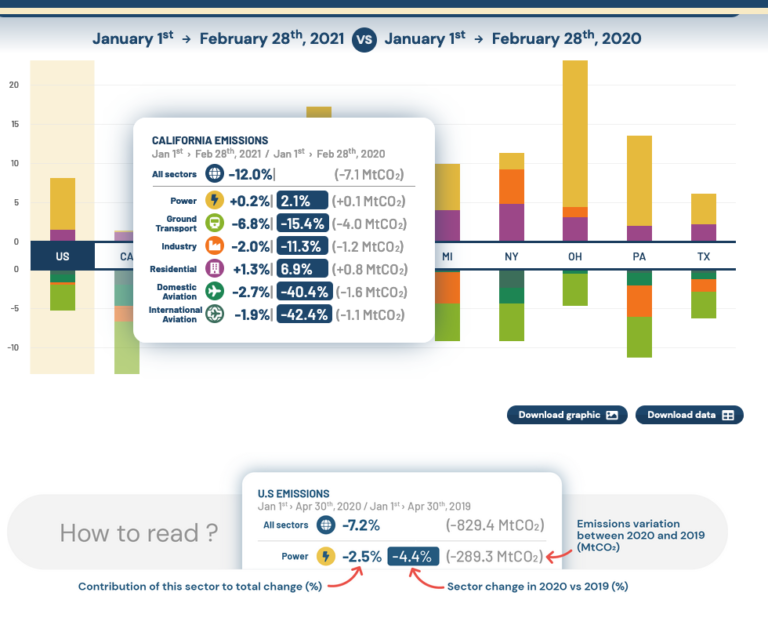
Irvine, Calif., April 7, 2021 — Following last year’s successful launch of a global carbon monitor website to track and display greenhouse gas emissions from a variety of sources, an international team led by Earth system scientists from the University of California, Irvine is unveiling this week a new data resource focused on the United States.
As Kamala Harris stood beside newly sworn-in President Joe Biden last week, all eyes were on her as she made history as the nation’s first female vice president. But, much like other prominent women who have walked the halls of the White House before her, cultural experts expect that there will be just as much focus on her fashion statements as on her political ones — and the scrutiny may be intensified as the first woman and person of color in the VP position takes on stereotypes surrounding Eurocentric standards of beauty.

Lithium-ion batteries are the major rechargeable power source for many portable devices as well as electric vehicles, but their use is limited, because they do not provide high power output while simultaneously allowing reversible energy storage. Research reported in Applied Physics Reviews aims to offer a solution by showing how the inclusion of conductive fillers improves battery performance.
Ning Zhou from Binghamton University, State University of New York received a National Science Foundation (NSF) CAREER Award to provide a 21st-century vision for power systems.
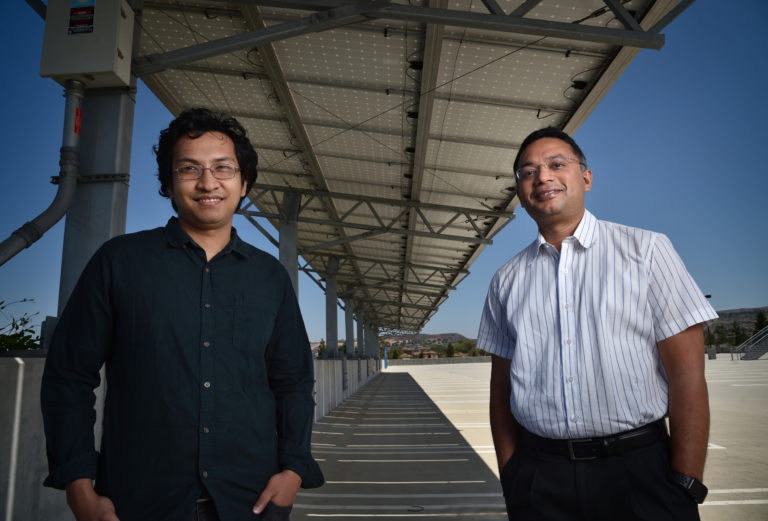
Irvine, Calif., Aug. 18, 2020 – Cyber-physical systems security researchers at the University of California, Irvine can disrupt the functioning of a power grid using about $50 worth of equipment tucked inside a disposable coffee cup. In a presentation delivered at the recent Usenix Security 2020 conference, Mohammad Al Faruque, UCI associate professor of electrical engineering & computer science, and his team revealed that the spoofing mechanism can generate a 32 percent change in output voltage, a 200 percent increase in low-frequency harmonics power and a 250 percent boost in real power from a solar inverter.

Graphene, an extremely thin two-dimensional layer of the graphite used in pencils, buckles when cooled while attached to a flat surface, resulting in beautiful pucker patterns that could benefit the search for novel quantum materials and superconductors, according to Rutgers-led research in the journal Nature. Quantum materials host strongly interacting electrons with special properties, such as entangled trajectories, that could provide building blocks for super-fast quantum computers. They also can become superconductors that could slash energy consumption by making power transmission and electronic devices more efficient.

Researchers at the Department of Energy’s Oak Ridge National Laboratory are refining their design of a 3D-printed nuclear reactor core, scaling up the additive manufacturing process necessary to build it, and developing methods to confirm the consistency and reliability of its printed components.
Researchers from CU Boulder have created a low-cost solar cell with one of the highest power-conversion efficiencies to date, by layering cells and using a unique combination of elements.
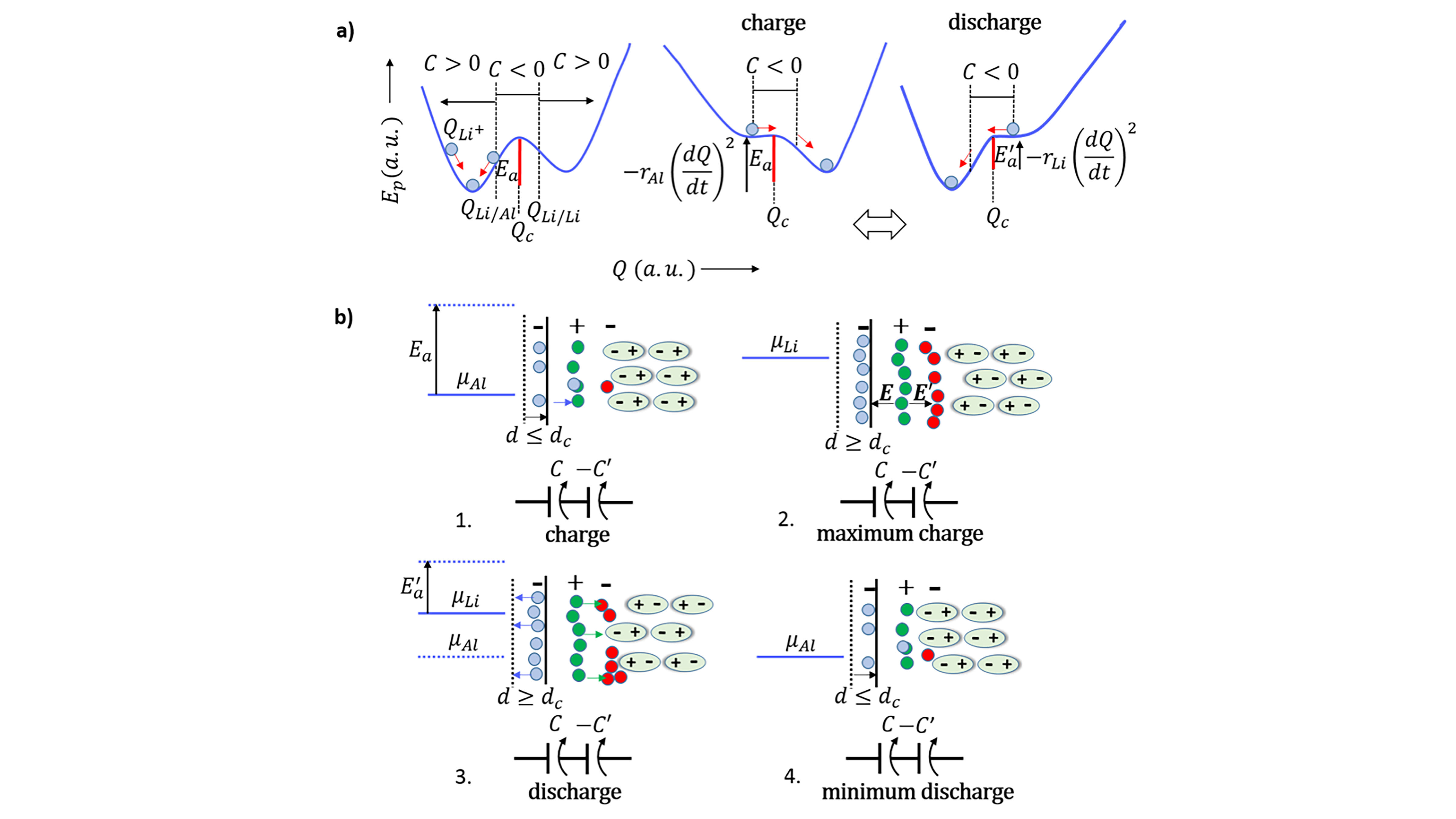
A new type of battery combines negative capacitance and negative resistance within the same cell, allowing the cell to self-charge without losing energy, which has important implications for long-term storage and improved output power for batteries. In Applied Physics Reviews, researchers at the University of Porto and the University of Texas at Austin report making their very simple battery with two different metals, as electrodes and a lithium or sodium glass electrolyte between them.
Cornell and Northwestern University engineers, along with a federal economist, have created an energy model that helps to remove carbon-generated power from the U.S. electric grid – replacing it with a greener, financially feasible wind, solar and hydro energy system.